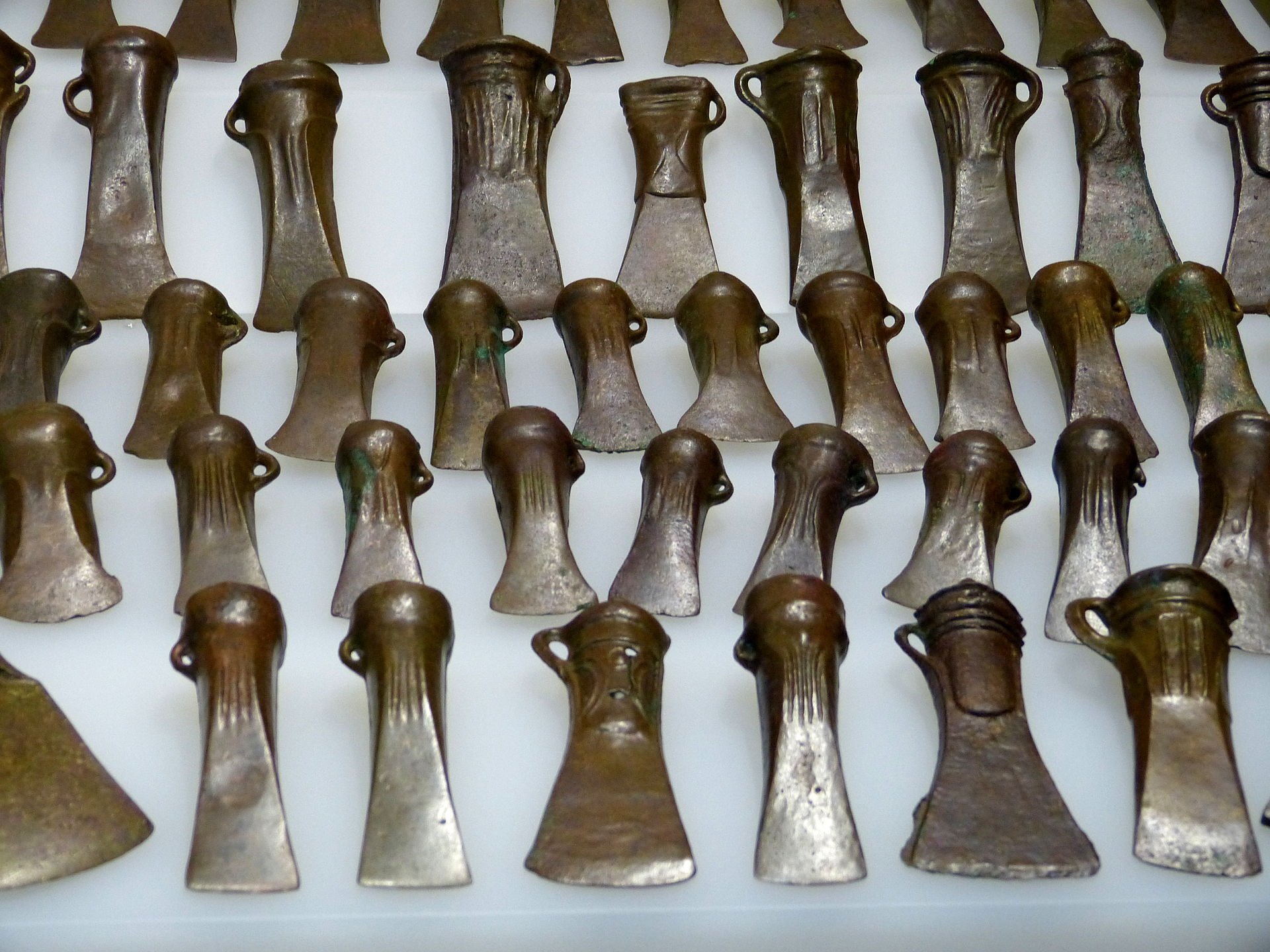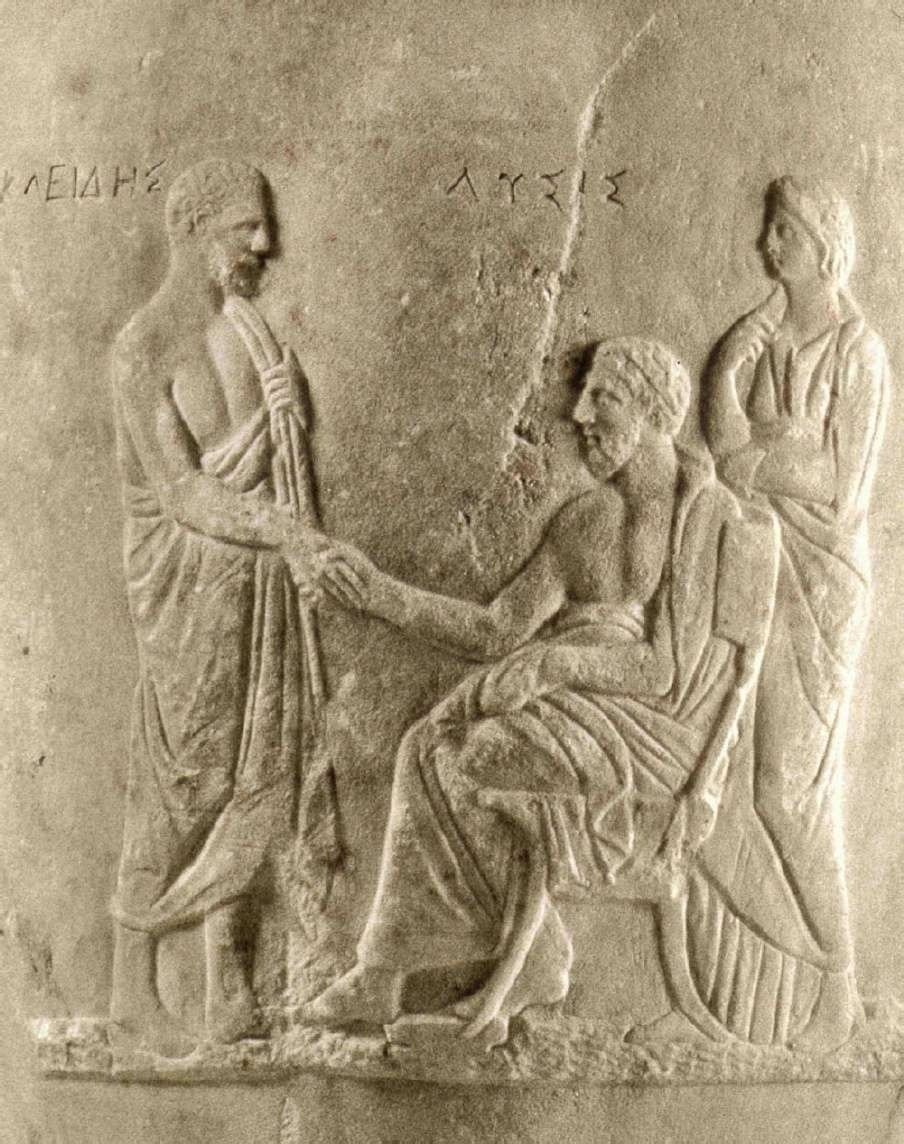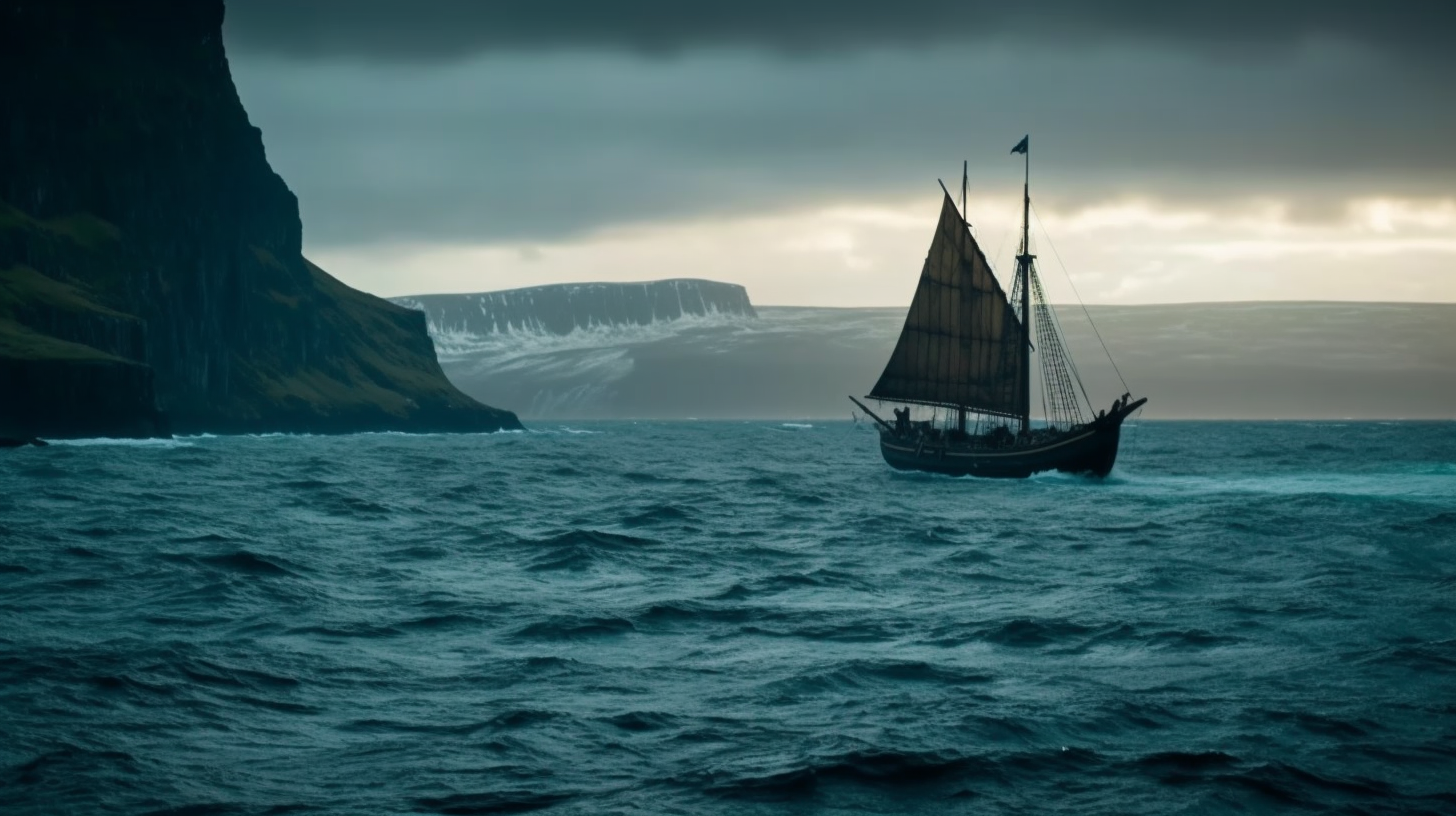By the Archaeologist editor group
The Palace of Aigai, in western Macedonia region of Greece, known today as Vergina, is considered not only the largest but, together with the Parthenon, the most important building of classical Greece.
The "Parthenon of Macedonia," as Professor Wolfram Hoepfner (architect and archaeologist) and one of the greatest scholars of ancient architecture have characterized it, is being resurrected. We are talking about the palace of Aigai, the largest building in ancient Greece and the place where the Ruler of the Greeks, Philip II, was assassinated and his son Alexander the Great was crowned king.
The cradle of ancient Macedonia, the city of Aigai (modern Vergina) is tucked away in northern Greece. As the first capital of the Macedonian kingdom and the birthplace of Alexander the Great, this ancient metropolis has a rich and compelling history. One of its most awe-inspiring and historically significant structures is the royal palace, a testament to the grandeur and sophistication of the Hellenistic period.
Read here about THE "POLYCENTRIC MUSEUM OF AIGAI"THE "POLYCENTRIC MUSEUM OF AIGAI", THE BIRTHPLACE OF ALEXANDER THE GREAT
Source: Greek Ministry of Culture and Sports
Aigai: The Ancient Macedonian Metropolis
The ancient city of Aigai, recognized by UNESCO as a World Heritage Site, is the epitome of Macedonian culture and power. The name "Aigai" translates to "city of goats," according to ancient sources, symbolizing the pastoral origins of the Macedonians. From these humble beginnings, Aigai flourished, becoming the nucleus of the Macedonian kingdom in the early 7th century BCE.
Situated near the modern town of Vergina, Aigai was a city of immense political and cultural significance. It was the site where the Macedonian kings were traditionally crowned and where the legendary figure of Alexander the Great was born.
The archaeological remains found in Aigai consist of an extensive complex of royal tombs, sanctuaries, and other public buildings, interspersed with a dense network of private houses. These artifacts offer an intimate glimpse into the city's urban fabric and the daily lives of its inhabitants, both highborn and commoner. The royal tombs, in particular, are a treasure trove of artifacts that shed light on the wealth, power, and artistic achievements of the Macedonian kingdom.
Source: Greek Ministry of Culture and Sports
The Palace of Aigai (Vergina)
One of the crown jewels of Aigai is the royal palace, an architectural masterpiece that embodies the spirit of the Hellenistic age. Constructed during the reign of King Philip II, Alexander the Great's father, in the 4th century BCE, the palace is located on the city's hill, offering a commanding view of the surrounding landscape.
The palace complex is known for its innovative design and luxurious décor. It has a monumental faceted facade, an imposing peristyle courtyard, banquet halls, and a vast throne room – all signs of a prosperous and powerful kingdom. In fact, the palace's design inspired many Hellenistic palaces that followed, a testament to its architectural significance.
Source: Greek Ministry of Culture and Sports
The artistic depictions within the palace are also noteworthy. Frescoes and mosaics adorned the walls and floors, presenting intricate depictions of mythological scenes and offering a fascinating insight into the cultural and spiritual life of the Macedonians.
Archaeological evidence proves that the area was continuously inhabited from the Early Bronze Age (3rd Millennium BC), while in the Early Iron Age (11th–8th century BC), it became an important center, rich and densely populated.
The city reached its peak in the Archaic (7th–6th centuries BC) and Classical periods (5th–4th centuries), when it was the most important urban center in the region, the seat of the Macedonian kings, and the place where all the traditional sanctuaries were established.
Source: Greek Ministry of Culture and Sports
The palace of Aigai was designed for Philip by a clever architect—probably Pytheus, known for his contributions to the construction of the Mausoleum at Halicarnassus and the development of urban planning and the theory of proportion.
The eastern wing of the palace of Aigai included a monumental entrance, the "Tholo" (probably a place of worship), and other rooms of unknown use. The south wing contained residential rooms as well as banquet halls decorated with mosaic floors. The reception rooms were located in the west wing. On the lower northern slope, a long, narrow terrace extended in front of the chambers. The masonry and architectural members were covered with a glossy, high-quality marble-like stucco.
Source: Greek Ministry of Culture and Sports
Thousands of roof tiles and bas-reliefs of exceptional quality, hundreds of square meters of floors covered with marble inlays and mosaics, some of which are exquisite works of art, extravagant pigments, bronzes, and all manner of luxurious materials were used to create a complex that would fulfill his ambitions as king.
The main elements of the structure include: the large square peristyle (row of columns surrounding a space within a building), which forms the heart of the building; the surrounding areas with their impressive propylon (the structure that forms the entrance to a building); and the stones (porticos, roofed colonnades) that form the facade and with which the propyla is enclosed. These are the fundamental elements of this innovative modern architectural project.
In the palace's surroundings, archaeologists have uncovered remains of other significant structures, such as the royal theater. It was here that Philip II was assassinated, setting the stage for his son, Alexander, to ascend the throne and embark on his world-conquering expeditions.
Source: Greek Ministry of Culture and Sports
Archaeological Discoveries and Significance
The discovery of the palace and the royal tombs of Aigai has reshaped our understanding of ancient Macedonia. The grandeur of the palace and the wealth of artifacts found in the tombs - including the golden larnax and the golden wreath, widely attributed to Philip II - attest to a highly sophisticated culture and a formidable kingdom.
The Palace of Aigai and the city itself provide essential evidence of the cultural and political power of ancient Macedonia. They not only served as a backdrop for historical events but also played a crucial role in shaping them.
The ongoing archaeological work in Aigai continues to unravel the city's complex history, contributing to a broader and deeper understanding of the Hellenistic period. Even today, the Palace of Aigai, resting silently amid the rolling hills of northern Greece, remains a powerful symbol of the grandeur and complexity of ancient Macedonia, a testament to a civilization that shaped the course of Western history.






























































































